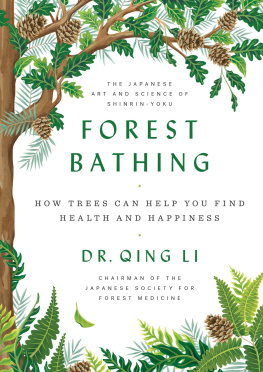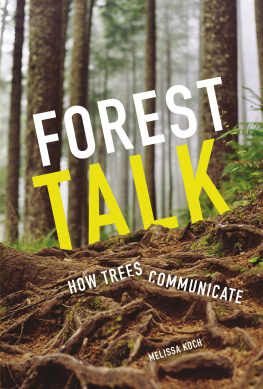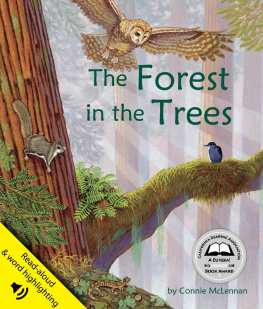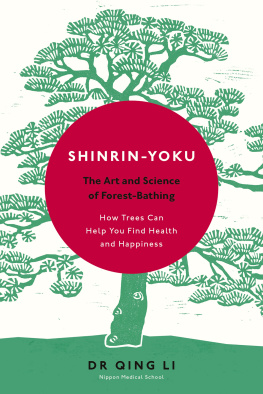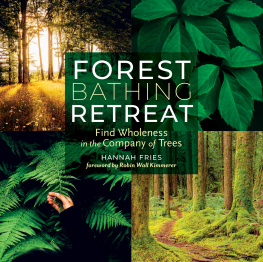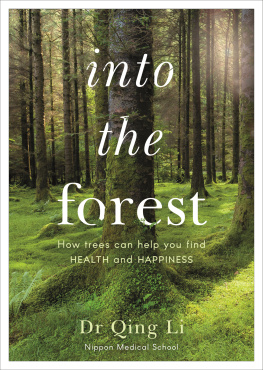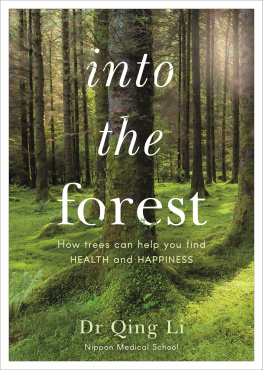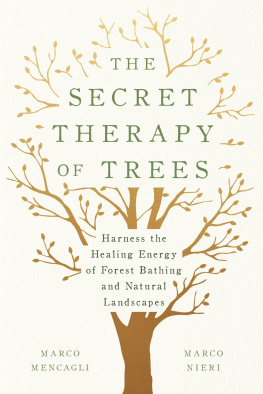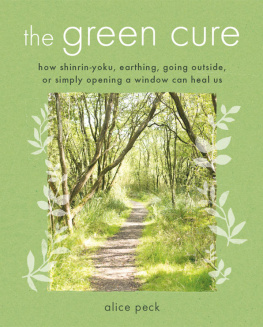Penguin supports copyright. Copyright fuels creativity, encourages diverse voices, promotes free speech, and creates a vibrant culture. Thank you for buying an authorized edition of this book and for complying with copyright laws by not reproducing, scanning, or distributing any part of it in any form without permission. You are supporting writers and allowing Penguin to continue to publish books for every reader.
Neither the publisher nor the author is engaged in rendering professional advice or services to the individual reader. The ideas, procedures, and suggestions contained in this book are not intended as a substitute for consulting with your physician. All matters regarding your health require medical supervision. Neither the author nor the publisher shall be liable or responsible for any loss or damage allegedly arising from any information or suggestion in this book.
To my daughter Lulu Li, my wife Zhiyu Wang, and my parents, Yuxing Li and Jinhua Yuan
Dr. Qing Li is Associate Professor at the Nippon Medical School in Tokyo; he is one of the worlds leading experts on forest-bathing. Dr. Li is vice-president and the secretary general of the International Society of Nature and Forest Medicine and the president of the Society of Forest Medicine in Japan. He is also one of the directors of the Forest Therapy Society in Japan.
INTRODUCTION
Our Relationship to Forests
We all know how good being in nature can make us feel. We have known it for millennia. The sounds of the forest, the scent of the trees, the sunlight playing through the leaves, the fresh, clean air these things give us a sense of comfort. They ease our stress and worry, help us to relax and to think more clearly. Being in nature can restore our mood, give us back our energy and vitality, refresh and rejuvenate us.
We know this deep in our bones. It is like an intuition, or an instinct, a feeling that is sometimes hard to describe. In Japanese, we have a word for those feelings that are too deep for words: ygen. Ygen gives us a profound sense of the beauty and mystery of the universe. It is about this world but suggests something beyond it. The playwright Zeami Motokiyo describes it as the subtle shadows of bamboo on bamboo, the feeling you get when you watch the sun sink behind a flower-clad hill or when you wander in a huge forest without thought of return.

I feel this way when I am in nature. I think of my childhood in a small village. I remember the green poplar forests in spring and summer and the yellow leaves in autumn. I recall the games of hide and seek I played in the trees with my friends and the animals we used to find, like rabbits and foxes, Chinese hamsters and squirrels. There was a beautiful apricot forest in my village which flowered pink all through April. I can still remember the taste of the apricots we harvested in the autumn.
But what exactly is this feeling that is so hard to put into words? What lies behind it? How does nature make us feel this way? I am a scientist, not a poet. And I have been investigating the science behind that feeling for many years. I want to know why we feel so much better when we are in nature. What is this secret power of trees that makes us so much healthier and happier? Why is it that we feel less stressed and have more energy just by walking in the forest? Some people study forests. Some people study medicine. I study forest medicine to find out all the ways in which walking in the forest can improve our well-being.
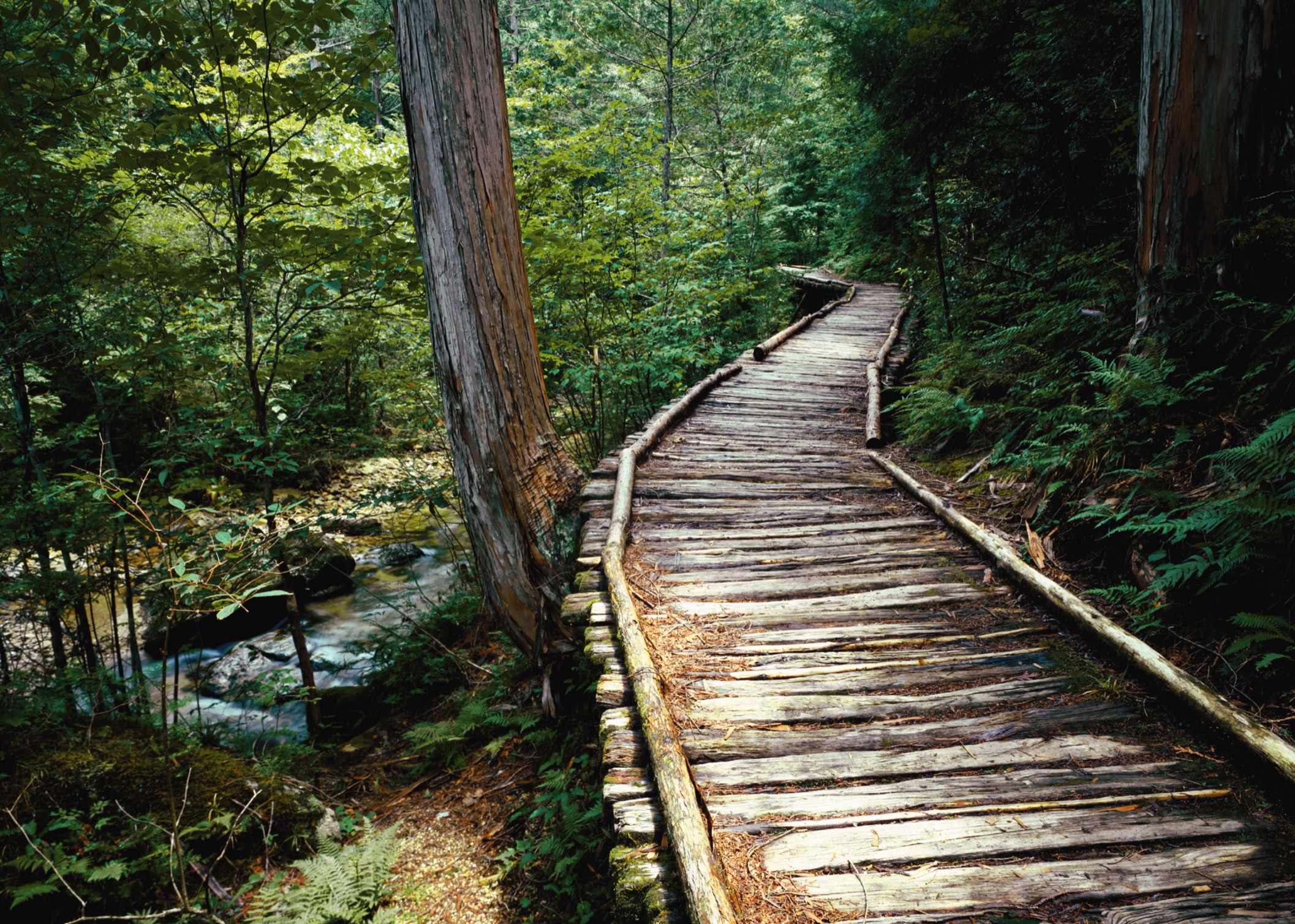
When was the last time you strolled in a forest or walked through woodland so beautiful it made you stop and marvel? When did you last notice the spring buds unfurling or look closely at the frost patterns on a winter leaf? I wonder, instead, how many hours you spent looking at a screen today, and how many times you checked your phone. In your air-conditioned or heated office, you might not even have noticed the weather. You could have missed the changing of the seasons altogether. Did you realize that its spring outside? That autumn has turned?
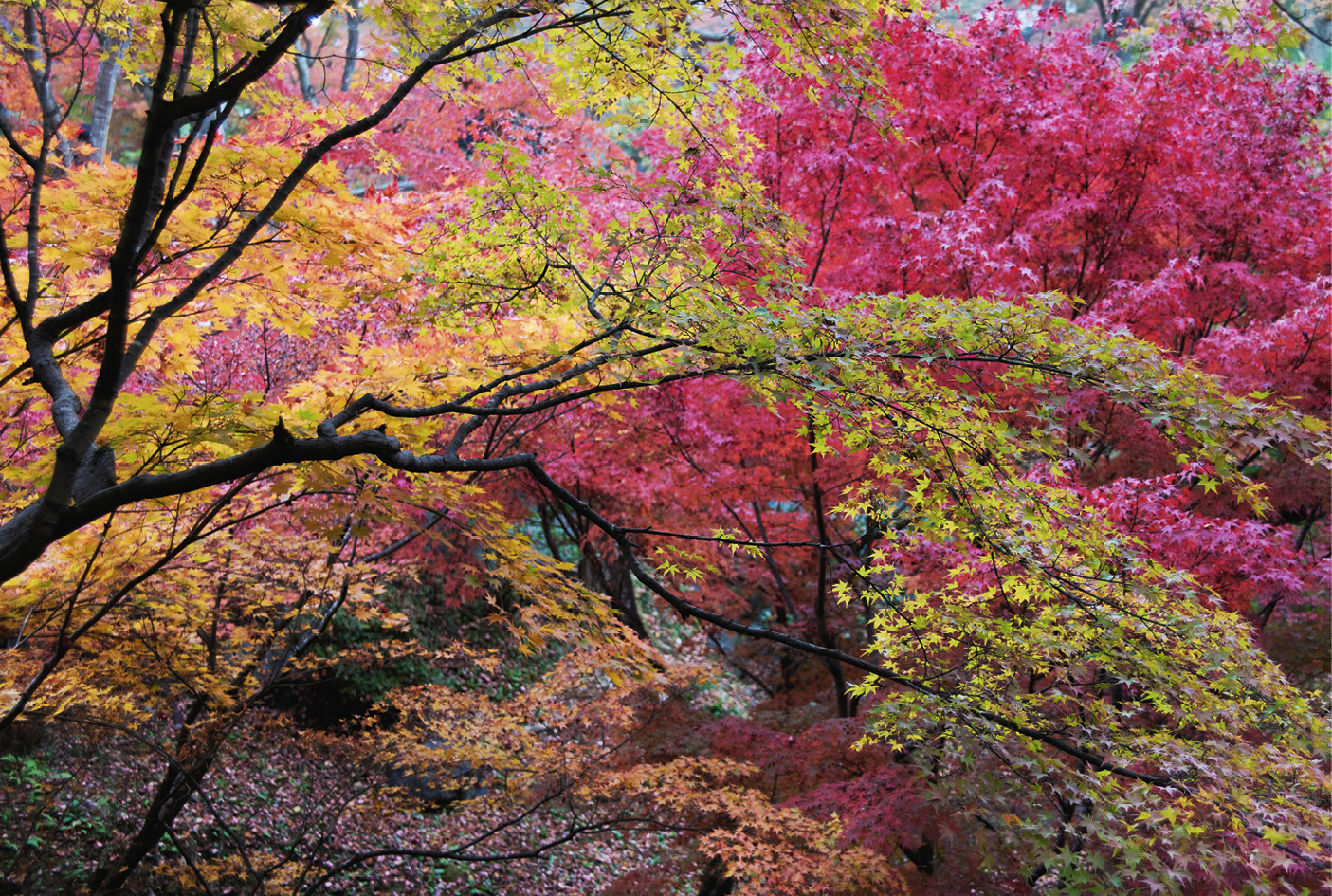
I no longer live in the countryside. I now live in Tokyo, one of the largest cities in the world and the one with the most people. From a little fishing port in the old Musashi province, Tokyo has grown into the most crowded city in the world, with a population of around thirteen and a half million. That is about 11 per cent of Japans total population. And we are crammed into 2,191 square kilometres, or 0.06 per cent of the total area of Japan. In other words, in Tokyo, there are 6,158 people per square kilometre. As a comparison, London has 1,510 inhabitants per square kilometre, Paris 2,844 and New York 1,800.
But I am lucky. I work right next to a park with a famous shrine where there are lots of trees. From my office window I can see beautiful scenery and I walk in the shrine at lunchtime almost every day.
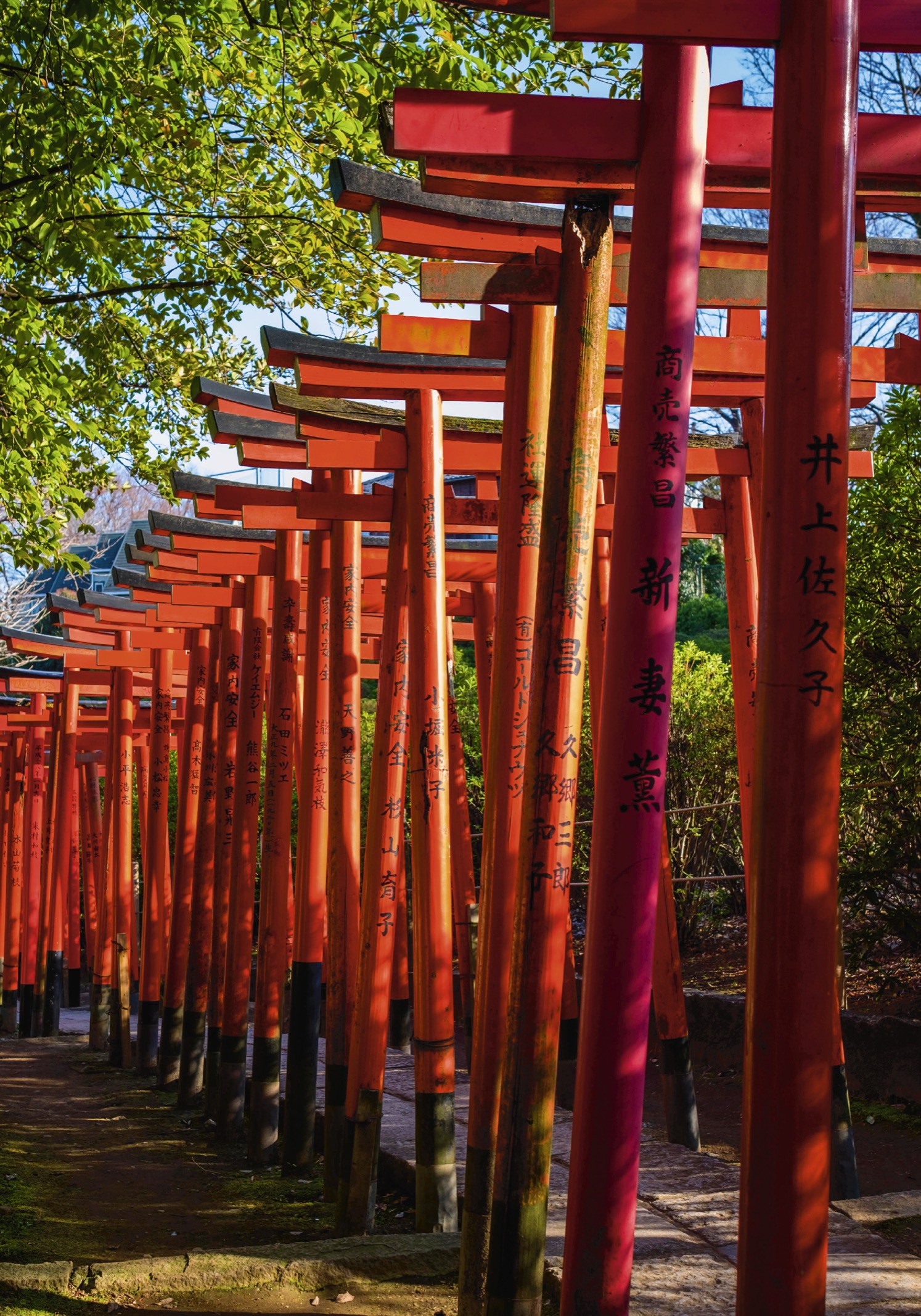
The Nezu Shrine in Tokyo is one of Japans oldest shrines
There are huge gingko trees, cherry trees and a 300-year-old azalea garden with thousands of different varieties, some with tiny flowers, like the Fuji-tsutsuji, and some with flowers as big as wheels, like the Hanaguruma. They flower in April and May in shades of deep red, pink and white. I love to see the cherry trees blossom and, as the summer moves on, I enjoy the many different shades of green. In the autumn, the leaves of the gingko change to a dramatic yellow. There was a delicious calming breeze when I went for my walk at lunchtime today and I noticed that, yes, the gingko is beginning to get its lovely autumnal colour. At the weekends, I visit the green parks of Tokyo and spend several hours there. And every Monday afternoon I take my students for a walk.
Actually, this is more than just a walk. We are practising what we in Japan call forest-bathing, or shinrin-yoku. Shinrin in Japanese means forest, and yoku means bath. So shinrin-yoku means bathing in the forest atmosphere, or taking in the forest through our senses. This is not exercise, or hiking, or jogging. It is simply being in nature, connecting with it through our sense of sight, hearing, taste, smell and touch. Indoors, we tend to use only two senses, our eyes and our ears. Outside is where we can smell the flowers, taste the fresh air, look at the changing colours of the trees, hear the birds singing and feel the breeze on our skin. And when we open up our senses, we begin to connect to the natural world.

